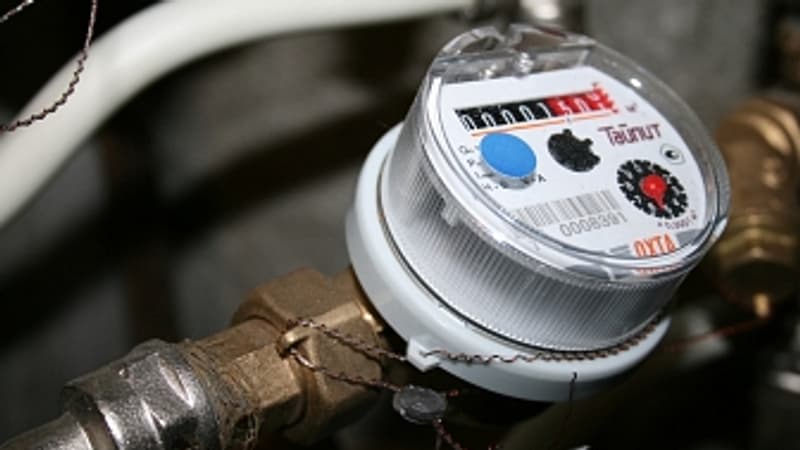Water that does not cost the same depending on whether we consume a little or a lot. This is the principle of progressive pricing authorized in France for 10 years. And in a decade, a dozen communities of municipalities have adopted this principle, including Dunkerque, Niort, Rouen, Libourne and Montpellier. This practice, therefore, remains in the minority. That is why its generalization is one of the 53 measures of the “water plan” detailed this Thursday by Emmanuel Macron.
How do progressive pricing actually work?
There is no single standard. The municipalities that, for the moment, have implemented it, have defined their own standards. Take the case of Montpellier, where this price has existed since January 1. Households with an individual meter are subject to an annual fee per cubic meter that now comprises four tranches. The first 15 cubic meters are free, then it gradually increases until it reaches 2.70 euros per cubic meter, starting at 240 m3.
To this progressive pricing is added a social assistance calculated according to the CAF family quotient and taking into account the number of people living under the same roof. The goal is not to put singles and large, low-income families in the same boat, since water consumption obviously depends on the number of people living under the same roof.
What is the purpose of this progressive price?
First of all, that large consumers, for example those with a swimming pool, pay a high price for it and that those who are very careful with their consumption are rewarded for their sobriety. While ensuring that there are more winners than losers compared to previous prices. In Montpellier, the Régie des eaux predicts that only one in four households will see their bill increase.
But the goal is also to encourage consumers to reduce their consumption. This was the case in Dunkerque, which was a pioneer in this area. Ten years ago a system of three sections was put into operation.
The first corresponds to the use reduced to the essential (less than 75 m3 per year). The second corresponds to less moderate consumption (75 to 200 m3) and the third to homes that can be considered as large consumers. To this is added a social rate for the most modest households that is applied to the first installment.
Asked by the Reporterre site, the director of the Syndicat de l’Eau du Dunkirk elaborates a positive evaluation of this price.
That is a difference of more than 16%. With, on the bill side, an equally positive balance since only 20% of households pay more for their water than with a single price rate.
Source: BFM TV


